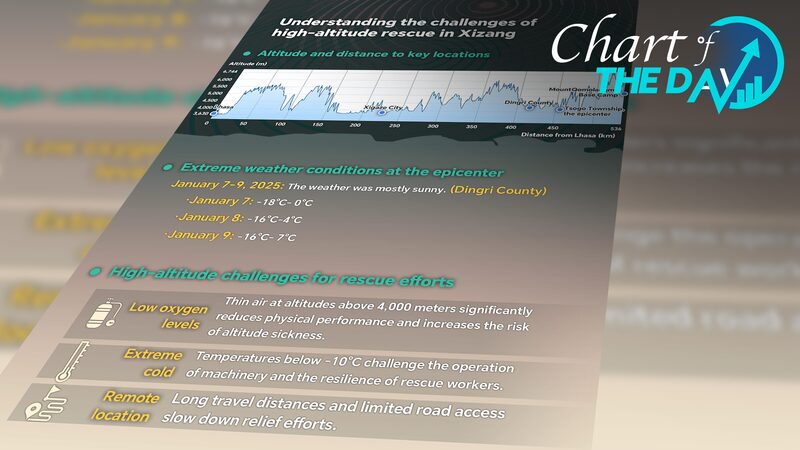A magnitude-4.2 earthquake struck Yongqing County in Hebei Province early March 26, rattling residents across the Beijing-Tianjin-Hebei region. While no casualties were reported, the tremor at 1:21 a.m. local time reignited discussions about China's earthquake preparedness and its integration of technology for disaster response.
Authorities swiftly activated a level-III emergency response, dispatching teams to assess infrastructure and assist local governments. The China Earthquake Networks Center (CENC) tracked the quake’s 20 km-deep epicenter in Langfang City, emphasizing the role of early warning systems that alerted many via smartphones seconds before shaking began.
This incident highlights China’s strides in deploying earthquake early warning (EEW) systems, which use sensor networks to detect seismic waves and send instant alerts. Such systems, increasingly linked to mobile devices, are reshaping public safety strategies in earthquake-prone regions.
Experts note the event underscores the importance of continued investment in disaster resilience across Asia, where rapid urbanization and climate challenges heighten risks. For global businesses and travelers, understanding these infrastructure developments offers insights into regional stability and technological innovation.
Reference(s):
cgtn.com








